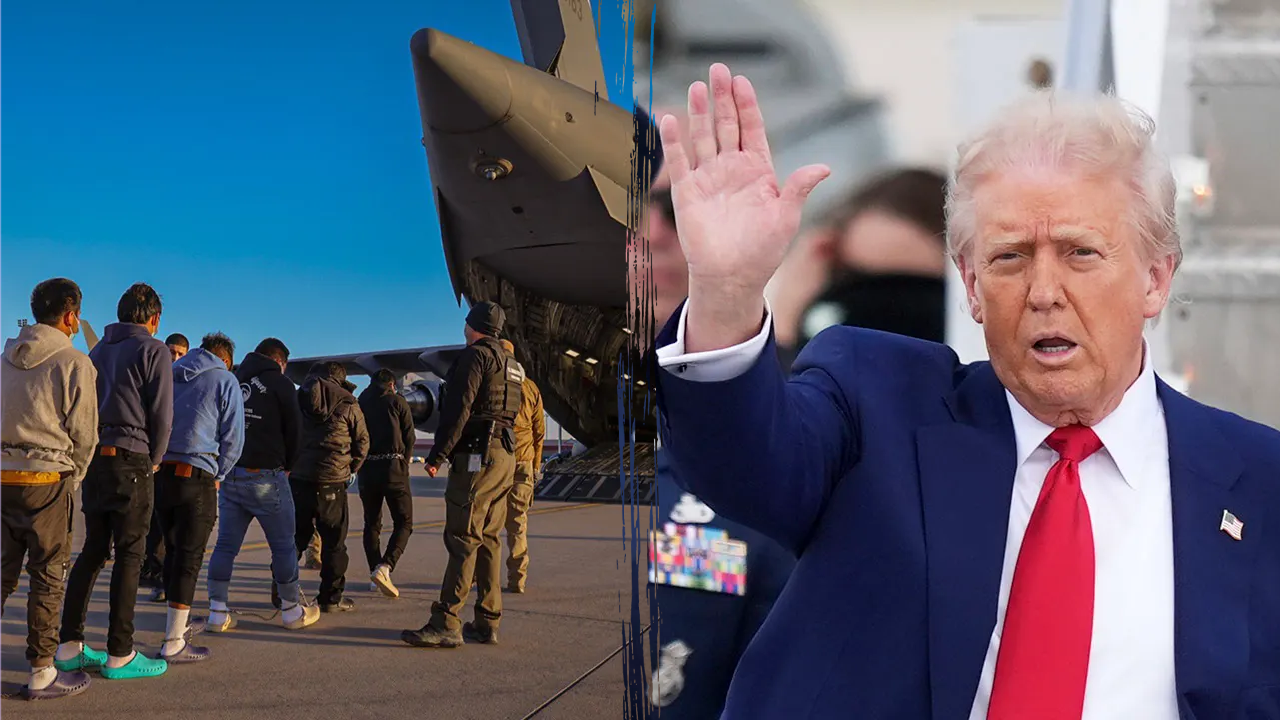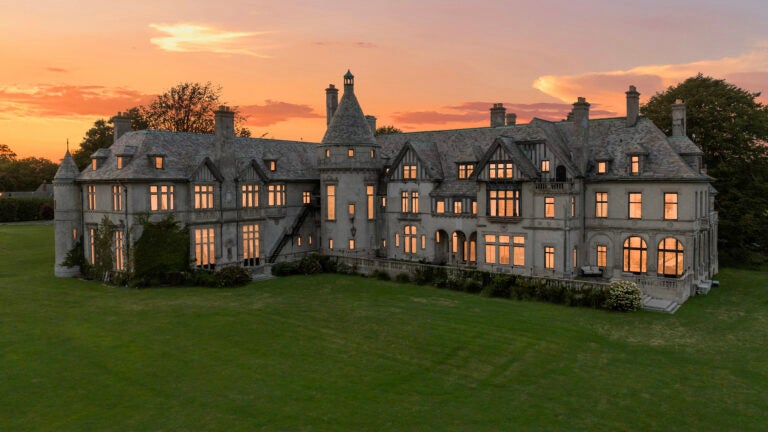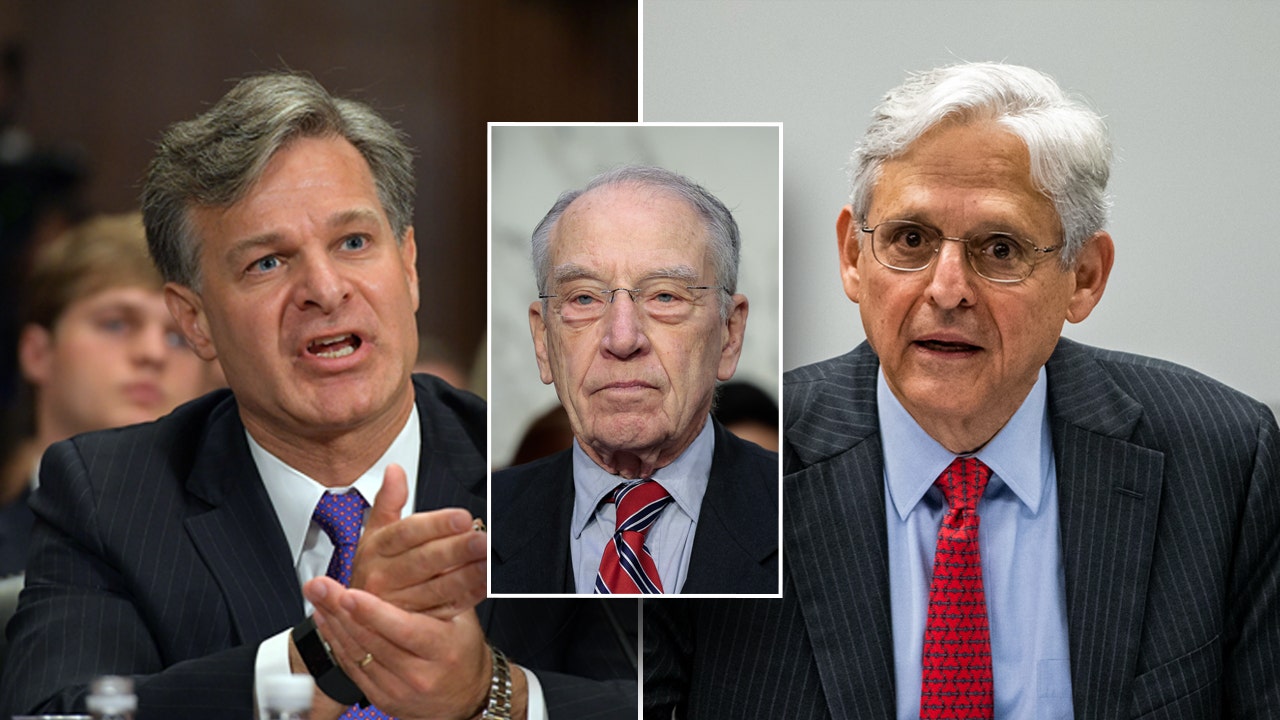News
Read the Task Force’s Report

Mismanaged Walkthrough
On July 11, at 1000, the USSS led a walkthrough with PSP and local EMS, fire, and
police at the Butler Farm Show. 15 The walkthrough covered the rally stage and crowd area,
and the perimeter area along the fence that divides the Butler Farm Show property from
the AGR property. Witnesses who participated in the walkthrough told the Task Force it
was disorganized. 16 Butler ESU Commander Ed Lenz testified to the Task Force that “there
was no structure to it. There was no, hey, let’s all talk and figure out what we have to do.
It was really just a bunch of people sort of milling around the site” and “it did not seem
organized at all.”17
According to Acting Director Rowe, USSS personnel “assum[ed]” that local police
were going to adequately secure the AGR complex. 18 Rowe stated, “there clearly was not
that follow up to make sure,” and any deficiencies “were never escalated up to the
supervisors to be able to resolve.”19
The evidence shows concerns about securing the AGR property were discussed
during the July 11 walkthrough, but those concerns were not meaningfully addressed. 20 For
instance, Butler ESU Witness 4 testified to the Task Force that, during the walkthrough, a
Secret Service official “explained that there were to be uniformed officers in the area that
day [but] that didn’t take place.”
.”21 Butler Township Police Department (PD) Witness 1
similarly testified that the USSS did not provide any guidance as to whether or how to
secure the AGR property, even after Butler Township PD Witness 1 advised PSP that his
Department did not have enough manpower to station a car in the AGR parking lot during
the rally.22
15 Production to Task Force, U.S. Secret Service, U.S. Dep’t of Homeland Sec., Bates 001368 (2024) (on file with
the Task Force).
16 Butler ESU Witness 1, Transcribed Interview Before the Task Force on the Attempted Assassination of Donald J.
Trump, 16-17 (Sept. 12, 2024) (on file with the Task Force); Edward Lenz, Butler ESU Commander, Transcribed
Interview Before the Task Force on the Attempted Assassination of Donald J. Trump, 33-34 (Sept. 12, 2024) (on file
with the Task Force).
17 Edward Lenz, Butler ESU Commander, Transcribed Interview Before the Task Force on the Attempted
Assassination of Donald J. Trump, 34 (Sept. 12, 2024) (on file with the Task Force).
18 Press Briefing, Ronald L. Rowe, Jr., Acting Dir., U.S. Secret Service, U.S. Dep’t of Homeland Sec. (Sept. 20,
2024).
19 Id.
20
See, e.g.,
Drew Blasko, Butler Township Police Dep’t Patrolman, Transcribed Interview Before the Task Force on
the Attempted Assassination of Donald J. Trump, 10 (Sept. 13, 2024) (on file with the Task Force).
21 Butler ESU Witness 4, Transcribed Interview Before the Task Force on the Attempted Assassination of Donald J.
Trump, 20 (Sept. 12, 2024) (on file with the Task Force).
22 Butler Township PD Witness 1, Transcribed Interview Before the Task Force on the Attempted Assassination of
Donald J. Trump, 27-28 (Sept. 6, 2024) (on file with the Task Force); John Herald, Penn. State Police Lieutenant,
Page 14

News
Map: Minor Earthquake Strikes Southern California
Note: Map shows the area with a shake intensity of 4 or greater, which U.S.G.S. defines as “light,” though the earthquake may be felt outside the areas shown. The New York Times
A minor earthquake with a preliminary magnitude of 3.3 struck in Southern California on Thursday, according to the United States Geological Survey.
The temblor happened at 8:12 p.m. Pacific time about 6 miles northeast of Yucaipa, Calif., data from the agency shows.
As seismologists review available data, they may revise the earthquake’s reported magnitude. Additional information collected about the earthquake may also prompt U.S.G.S. scientists to update the shake-severity map.
An aftershock is usually a smaller earthquake that follows a larger one in the same general area. Aftershocks are typically minor adjustments along the portion of a fault that slipped at the time of the initial earthquake.
Aftershocks in the region
Quakes and aftershocks within 100 miles
Aftershocks can occur days, weeks or even years after the first earthquake. These events can be of equal or larger magnitude to the initial earthquake, and they can continue to affect already damaged locations.
Source: United States Geological Survey | Notes: Shaking categories are based on the Modified Mercalli Intensity scale. When aftershock data is available, the corresponding maps and charts include earthquakes within 100 miles and seven days of the initial quake. All times above are Pacific time. Shake data is as of Thursday, Oct. 23 at 11:16 p.m. Eastern. Aftershocks data is as of Friday, Oct. 24 at 1:12 a.m. Eastern.
Maps: Daylight (urban areas); MapLibre (map rendering); Natural Earth (roads, labels, terrain); Protomaps (map tiles)
When quakes and aftershocks occurred
News
Trump backs away from sending federal agents to San Francisco | CBC News

Donald Trump will not deploy federal agents to San Francisco, the U.S. president and the city’s mayor said in separate social media posts on Thursday, a surprising stand-down as Trump pressures Democratic-led cities around the country to step up enforcement against crime and illegal immigration.
San Francisco Mayor Daniel Lurie, a Democrat, said in a post on X that Trump called him Wednesday night to tell him he was calling off any plans for a federal deployment.
Lurie said the city would continue to partner with federal agencies to combat drug crime, but that “militarized immigration enforcement” would not help.
“We appreciate that the president understands that we are the global hub for technology, and when San Francisco is strong, our country is strong,” Lurie said.
Trump confirmed the agreement in a post on Truth Social, saying the federal government had been preparing a surge in San Francisco but would cancel it.
“I spoke to Mayor Lurie last night and he asked, very nicely, that I give him a chance to see if he can turn it around,” Trump said. “The people of San Francisco have come together on fighting Crime, especially since we began to take charge of that very nasty subject.”
The Republican president said two major tech executives — Nvidia CEO Jensen Huang and Salesforce CEO Marc Benioff — had called him “saying that the future of San Francisco is great.”
Trump had indicated San Francisco would be a next stop for National Guard troops he was sending to various U.S. Democratic-led cities, moves that have been challenged in courts.
The San Francisco Chronicle reported on Wednesday that the Trump administration would send more than 100 federal agents to the city to ramp up immigration enforcement.
U.S. President Donald Trump threatened to use ‘dangerous’ U.S. cities as training grounds for the military at a rare meeting of top military officials where he and U.S. Defence Secretary Pete Hegseth took aim at what they called ‘woke’ military standards.
Protest against federal deployment
Despite the apparent stand-down, a handful of U.S. Border Patrol vehicles arrived at a U.S. Coast Guard base in the Bay Area on Thursday morning and were met with several hundred protesters.
Demonstrators carried signs reading “Stop the kidnappings” and “Protect our neighbours,” with one protester smacking the window of a truck as it passed by.
Federal agents eventually used less-lethal rounds to disperse the crowd, with protesters saying one person was injured by a projectile and that another had their foot run over.

Oakland Mayor Barbara Lee, the former member of Congress and civil rights activist, said in televised remarks that a federal deployment would divide and intimidate.
“We will not allow outsiders to create chaos or exploit our city,” said Lee, a Democrat.
Trump aims to deport record numbers of immigrants in the U.S. illegally, portraying them as criminals and a drain on U.S. communities.
Democrats in major U.S. cities have criticized the crackdown, saying it has terrorized law-abiding residents, separated families and hurt businesses.
Trump has long highlighted what he views as rampant crime in San Francisco and had signalled in recent weeks that he would send federal agents there.
“We’re going to San Francisco and we’ll make it great,” Trump told Fox News on Sunday.
News
Video: Inside Our Reporter’s Collection of Guantánamo Portraits

new video loaded: Inside Our Reporter’s Collection of Guantánamo Portraits
By Carol Rosenberg, Laura Bult, Coleman Lowndes, Stephanie Swart, June Kim and Zach Caldwell
October 23, 2025
-

 World3 days ago
World3 days agoIsrael continues deadly Gaza truce breaches as US seeks to strengthen deal
-

 News2 days ago
News2 days agoVideo: Federal Agents Detain Man During New York City Raid
-

 Technology3 days ago
Technology3 days agoAI girlfriend apps leak millions of private chats
-

 News3 days ago
News3 days agoTrump news at a glance: president can send national guard to Portland, for now
-

 Business3 days ago
Business3 days agoUnionized baristas want Olympics to drop Starbucks as its ‘official coffee partner’
-

 News3 days ago
News3 days agoBooks about race and gender to be returned to school libraries on some military bases
-

 Politics3 days ago
Politics3 days agoTrump admin on pace to shatter deportation record by end of first year: ‘Just the beginning’
-
Science3 days ago
Peanut allergies in children drop following advice to feed the allergen to babies, study finds


















